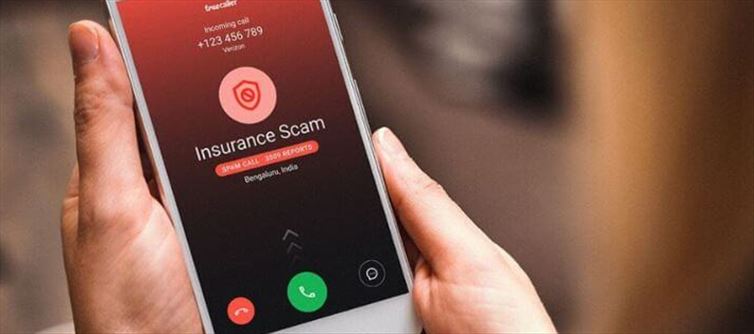
Millions of users worldwide are impacted by this concerning issue of pointless calls. Almost everyone seems to be annoyed by spam calls with marketing offers and fraudulent attempts that result in financial fraud regularly. The number of fraud and scam calls has alarmingly increased as a result of criminals' advanced tactics.
The development of conventional telemarketing techniques has resulted in sophisticated frauds in which scammers pose as legitimate businesses, such as financial institutions, government agencies, and IT companies. Scammers coerce customers into disclosing financial information and personal account data by threatening to suspend their accounts or offering alluring promotional rewards.
Because victims suffer financial losses as a result of falling for the fraud, these fraudulent actions happen at an unnerving rate. Scammers' deceptive tactics have persuaded victims to give large sums of money and divulge private information, which has made identity theft schemes and other illegal conduct easier.
People are still in danger of falling for these scams despite increased knowledge about these phone calls. Caller ID spoofing methods, however becoming more common, enabling scammers to conceal their real numbers in ways that mislead individuals about whether a call is genuine or a possible hoax. people are helpless as a result of these dishonest acts as they are unable to find a reliable way to avoid being duped. Various agencies advise mobile users to report suspicious activity and utilize fraud detection apps and suspicious contact-bearing systems to safeguard their devices.
The bank OF INDIA' target='_blank' title='reserve bank of india-Latest Updates, Photos, Videos are a click away, CLICK NOW'>reserve bank of india (RBI) developed a significant reaction to this new problem as a result of these developments in fraudulent and spam calls. By activating a certain phone number series, the nation's central bank shields mobile subscribers against con artists. These specific numbers will only be used by financial institutions to identify themselves when corresponding with clients.
Financial institutions are required under the initiative to contact clients about transactions or promotions using just specific phone number series. Because they want consumers to be able to quickly identify reliable providers in notifications, the RBI is working to increase the visibility of financial service communications.
This precaution was put in place by the bank OF INDIA' target='_blank' title='reserve bank of india-Latest Updates, Photos, Videos are a click away, CLICK NOW'>reserve bank of india as part of its core user trust program to stop legitimate communications from being mistakenly classified as fraudulent attempts. customers can recognize genuine financial institution calls thanks to this specified number series, which also warns them of potential scam calls that pose as official organizations. In the ongoing fight against unwanted phony communications, these new mobile number series are a major step in protecting mobile customers from scammers.
In order to combat fraudulent operations and enhance telephone security, financial institutions and banks that are part of the bank OF INDIA' target='_blank' title='reserve bank of india-Latest Updates, Photos, Videos are a click away, CLICK NOW'>reserve bank of india (RBI) are required to use certain phone number series for their calls and messages. The new regulation shields mobile device users from sting operations while assisting them in identifying authentic texts.
To make communication easier, all bank transaction contacts are now required to utilize specified phone numbers that start with 1600. phone numbers with the first eight digits beginning with 1600 will be used to notify you of financial transactions and provide you with communication updates. Users may feel safe and avoid any fraud by using the clear numbering method to identify legitimate bank correspondence.
The RBI designated 140 as the first number for marketing calls and SMS alerts for goods like credit cards, insurance, and personal loans. The provided numbers are used for different purposes, such as sharing informational messages or commercial communications. To help users distinguish between legitimate banking services and promotional activities, the RBI created a distinct number series for marketing messages and bank transaction notifications.
These discrete number categories operate as an organizing framework that keeps individuals from becoming victims of fraud. This crucial action comes as banks and other financial institutions work to prevent the increasing number of fraud instances when scammers exploit their institution's identity to trick consumers into disclosing sensitive financial information. According to the most recent telephone standards, the numbering range for bank service calls is 1600, and for material pertaining to marketing, it is 140.




 click and follow Indiaherald WhatsApp channel
click and follow Indiaherald WhatsApp channel